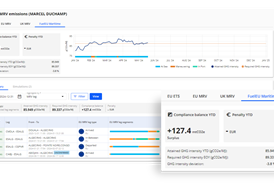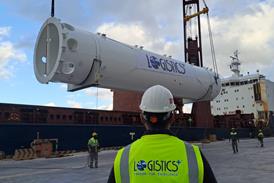APICS was first introduced in 1989. Now, 20 years later, it forms an essential part of the day-to-day activities of the many private and public players in the maritime sector. As well as monitoring ship movements to, from and inside the port, it is used to support tug activities, lock scheduling, berth management, freight handling and registration of dangerous goods. APICS and its huge database have also become the tool of choice for traffic controllers, lock managers, dockmasters and wharf superintendents. And apart from the Port Authority, the customs, federal police, pilots, barge operators, ship's agents and freight handlers all make intensive use of APICS.
APICS has undergone various improvements over the years, but as a result of technological developments the time has come for it to be restructured in depth. In close collaboration with the Port Authority's subsidiary Amaris and various other users, a programme has been drawn up for introducing APICS2 in four phases. Now, after one year of preparation, the first phase has just commenced. This will lay the foundation for the subsequent phases, which will follow at intervals of one year. The changes will not become apparent for the more than 800 users of APICS until the third phase, in 2011. APICS2 will be fully operational in 2012.
With APICS2 the Port Authority will change from a passive registration and monitoring system to an active application in which users can optimise their planning and decision procedures. APICS2 will keep the port of Antwerp at the forefront with a fully integrated application installed on an up-to-date infrastructure, for all port-related processes. ICT (also known as telematics) remains a strategic weapon for the Port Authority. In the competitive shipping world it is essential to ensure smooth port traffic, fast handling, efficient tracking & tracing and accurate financial processing, all of which are missioncritical.
















